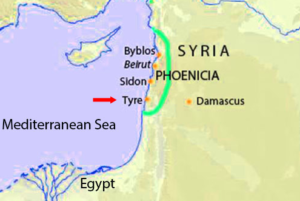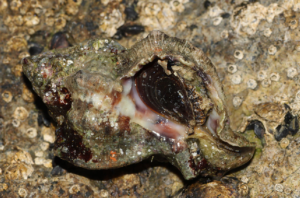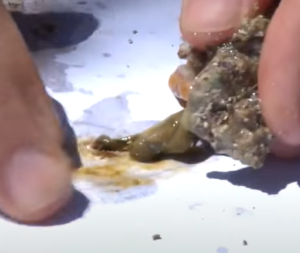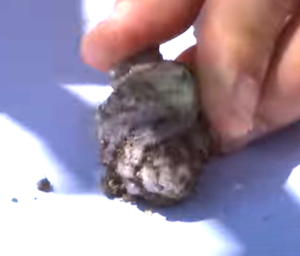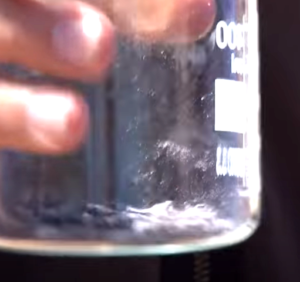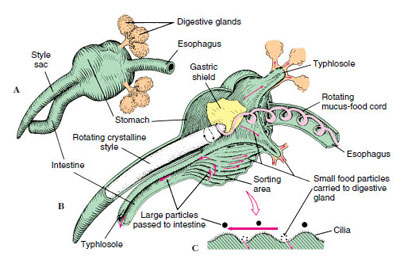
Snails Family gastropodia
Snail Menu
Snails
Snail Anatomy
Mud Dog Whelk (Mud Snail)
Moon Snails
Radula
Slipper Shell
Oyster Drill
Murex Snails
Gastropoda Latin: gaster=stomach podus=foot
In Barnegat Bay is the Atlantic oyster drill , a predator to many mollusks including mussels, barnacles and a problem for oysters and Aquaculture oyster farmers.
(more details on the Oyster Drill page)
This page is about certain snails (same Family as oyster drills) found in the Mediterranean Sea and how humans have used them for thousands of years.
Murex snails and the color Purple
History
Phoenicia was an ancient civilization that originated in the Levant region of the eastern Mediterranean, primarily modern Lebanon.
It was concentrated along the coast of Lebanon and included some coastal areas of modern Syria and Galilee (northern Israel),
 Because it was extremely difficult to make, Tyrian purple was expensive.
Because it was extremely difficult to make, Tyrian purple was expensive.
The expense meant that purple-dyed textiles became status symbols, whose use was restricted to the most senior Roman magistrates
This dye was used in royal robes, other special ceremonial or ritual garments, or garments indicating high rank.
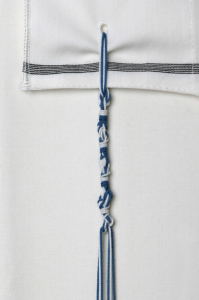 Hebrew
Hebrew
Tekhelet is a blue-violet, blue or turquoise dye highly prized by ancient Mediterranean civilizations and mentioned 49 times in the Hebrew Bible.
It was used in the clothing of the High Priest and the tapestries in the Tabernacle
It is sometimes still used by Jews today in the ritual fringes (tzitzit) on four-cornered garments.
Fun Fact: The dye will turn indigo blue, similar to the color of blue jeans, if exposed to sunlight before the dye sets.
Mythology (Greek)
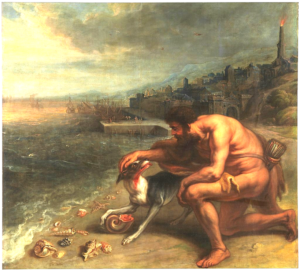 Hercules Dog
Hercules Dog
“The Discovery of Purple by Hercules’s Dog” is an oil painting by Flemish artist Peter Paul Rubens in 1636
Hercules and his dog were walking on the beach. The dog started biting murex snails and as a result the dog’s mouth was stained Tyrian Purple.
Rubens’s painting of this story depicts Hercules and his dog on the beach. The dog’s mouth is stained. However, instead of a murex snail, the large smooth shell painted resembles a nautilus. <click on image to enlarge>
Fun Fact: Dyes and pigments are two types of compounds which can impart a color to a material. The difference:
Dyes – molecule are small and are water soluble, like sugar in water.
Pigments – have larger molecules and generally insoluble, like brown mud – suspended particles of dirt in water.
Murex snails
In the same family as the oyster drill, the murex snail would secrete a toxic mucus located in the organism’s hypobranchial gland.
 The snails in the image to the right are three snail species found in the Mediterranean (not in Barnegat Bay ).
The snails in the image to the right are three snail species found in the Mediterranean (not in Barnegat Bay ).
The fabrics are colored from these types of snails but using different dying techniques.
The pigment was a product of the snail’s predatory mechanism.
The snail would secrete a toxic mucus located in the organism’s hypobranchial gland that would turn purple upon its exposure to oxygen.
The basic guidelines for the production of purple dye are as follows:
This procedure is shown only to demonstrate some, but not all of the complexities that the Phoenicians, Greeks and Romans had to overcome to produce their Royal Purple.

 Finally, the wool or textile is dipped in the dye for five hours until the desired hue has been achieved.
Finally, the wool or textile is dipped in the dye for five hours until the desired hue has been achieved.
The process is lengthy, complicated and produces a strong “fishy” smell that seems to be as permanent as the color itself.
It should be noted that when initially placed into the dye, white wool turns gradually to green and eventually to purple of kept out of sunlight.
In sunlight, the color will be blue to turquois.
